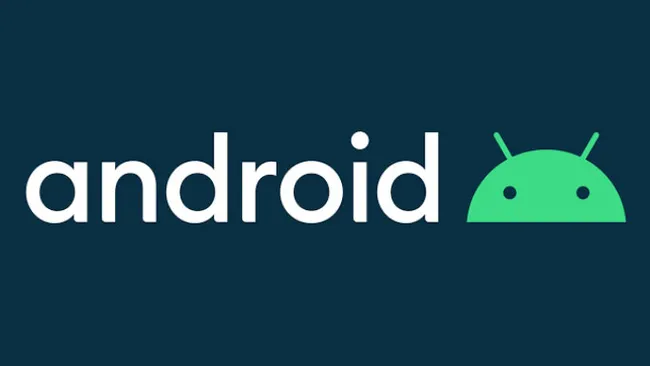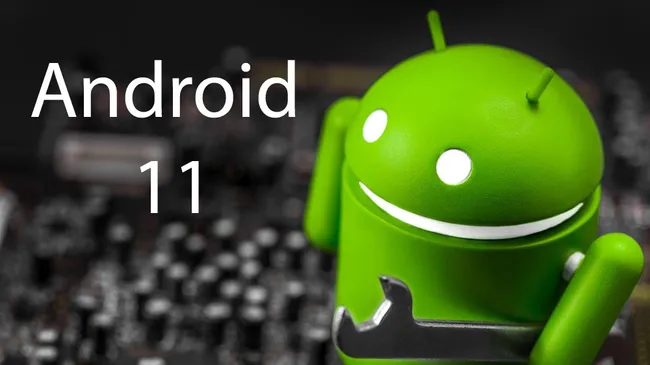Android 11: Release date and everything else we know about the upcoming operating system upgrade
For months, Android 11 lurked on the horizon, which was promised as Android update 2020 at the end of the year, but in mid-February, a developer preview gave us a first look at the upcoming operating system update from Google.
Now we have a good idea of some of the changes Google has in store for us. We expect the official launch of Android 11 in mid-2020 at Google IO 2020 , which will run from May 12th to 14th (but this year in a different form due to the Corona virus) before it will be available for pixel devices in September and then by the end 2020 until well into 2021 for other Android devices.
The Android 2020 update is supposed to be called Android 11 - this is not speculation, but a fact because Google has confirmed the name itself *. With Android 10, Google has committed to follow a numerical system of the operating system organization.
That said, while Android 9 was Android Pie, Android 10 wasn't Android Quiche , and Android 11 will (unfortunately) not be Android Rhubarb and Custard (rhubarb and "custard", an English dessert) - but it will be packed with updates and probably a couple of long-awaited features.
The rumor mill has already started to bubble, news is being leaked. Here we will collect everything we know about Android 11.
- What you need to know about Android 10 *
In a nutshell
- What is it? The latest Android operating system
- When is it available? Probably in September 2020, but first on Pixel Phones
- How much will it cost? Android 11 will be available free of charge
Android 11: release date
Google tends to reveal some of the features of its latest operating system on the Google IO in May, before the operating system lands on the Pixel Phones sometime in September - and from there reaches the wider world. (Last year it made its debut on Pixel 4, for example .)
Only then will the smartphones of the various brands be considered for the update. The OnePlus 7T and 7T Pro were the first non-Google smartphones to include Android 10, but it could well be a different brand in 2020, as one of the first Android 11 brands to experience.
However, not all smartphone manufacturers upgrade immediately. It will probably take some time before all smartphones that can use Android 11 have received the upgrade.
We know that Google IO 2020 will run from May 12th to 14th this year, and Google's keynote usually takes place on the first day of the three-day developer conference. This means that we can estimate the launch date for Android 11 on May 12, 2020.
However, this year's Google IO has now been canceled due to the corona virus; but maybe the event will take place online only? So far, Google has not confirmed this, so we will have to be patient a little longer.
Android 11: features
The most important information we know about Android 11 comes from the Android 11 Developer Preview *, which was presented to software developers in mid-February 2020. It describes some new features of the upcoming operating system. Not all of the features are shown, just those that are useful for developers, but it's a fascinating first look.
An important feature of Android 11 seems to be how the apps can now find out if you have a 5G connection. This continues a function that allows the apps to differentiate whether there is a 4G or a Wi-Fi connection. This would optimize the content and performance for each connection and likely prevent you from consuming too much data.
In addition, the notification bar in Android 11 seems to have its own message tab so that notifications from ongoing conversations or other applications are split. You can use this to ignore some of them if you want to.
With some smartphones, you can schedule a night mode so that the blue light of the screen is reduced after a certain time. Well, it seems that Android 11 has a similar function: with Dark Mode. You can then set when dark mode should be activated. Hopefully, this also means that dark mode will be expanded to include more apps.
A feature of Android 11 that security-conscious users will like are changed app permissions. Typically, you need to give an app permission to access your camera, contacts, or the like. In Android 11, you can apparently grant "only this once" permission so that you know exactly when the app is accessing other parts of your phone.
As an extension of this, it seems that the option to give an application access to the location settings will only be available "only this once". So you don't give an app a license that it can constantly check where you are. This also prevents apps like Facebook from knowing where you are.
If you often have problems aligning your smartphone with the wireless charger, Android 11 might offer a solution to this problem *: you will get an error message if your smartphone is not convenient; this will let you know if you need to align your phone better to get the charging done optimally.
Another feature you might love? If you listen to music through Bluetooth headphones and turn on airplane mode, the Bluetooth connection won't be disconnected from everything. This could save you a lot of annoying problems and fuss.
Before the developer preview, Google also confirmed an Android 11 feature called "Scoped Storage" that was originally supposed to be available in Android 10, but Google has postponed it due to complaints from Android developers.
Scoped storage is a new way to organize what information and files your applications can read - in short, it makes memory read faster, improves your security, and eliminates the need to set permissions for each new app To give.
Android 11: what we want to see
Here we have listed some improvements that we would like to see in Android 11 and that we miss in the latest version of Google's operating system.
1. A new NFC file sharing alternative
With Android 10 came the removal of Android Beam, which allowed phones to exchange files via NFC. All you had to do was put the cell phones on top of each other to exchange files, but that's over now.
It would be useful to have an easy-to-use alternative that allows you to share photos, videos, music, or other files simply by pushing the smartphones together - at the moment, using a specific app for it can be quite tedious, and Airdrop from Apple is a useful function that has no equivalent in Android.
2. Revised dark mode
Dark mode isn't for everyone, but those who use it love it - or at least want to love it, but in Android 10 it has a lot of problems.
First, not many applications have their own dark mode, not even all Google applications. So if you use your smartphone with Dark Mode switched on, you may often have to jump directly from dark to light applications and back again.
Secondly, for apps with dark mode switched on, part of the text is not reversed in color and can remain invisible - this actually happens with Google search, so that you cannot see the suggested results.
For the dark mode to be useful on Android smartphones, it must actually be usable for most apps instead of just pressing an optional switch here and there.
3. Extended Chat 'Bubbles'
One of the new features of Android 10 was the introduction of chat 'heads', which, like Facebook Messenger, are superimposed on other apps and which make it possible to see all conversations via multiple apps in an easily accessible format.
Not all apps are compatible, however, and while some of the ones you use to send messages are not compatible.
It would be really useful if more apps were compatible - WhatsApp, Facebook Messenger, Instagram, Twitter and maybe even dating apps! Then it would be incredibly easy to keep your different conversations under control over all the different applications that fill your phone.







0 Comments:
Post a Comment